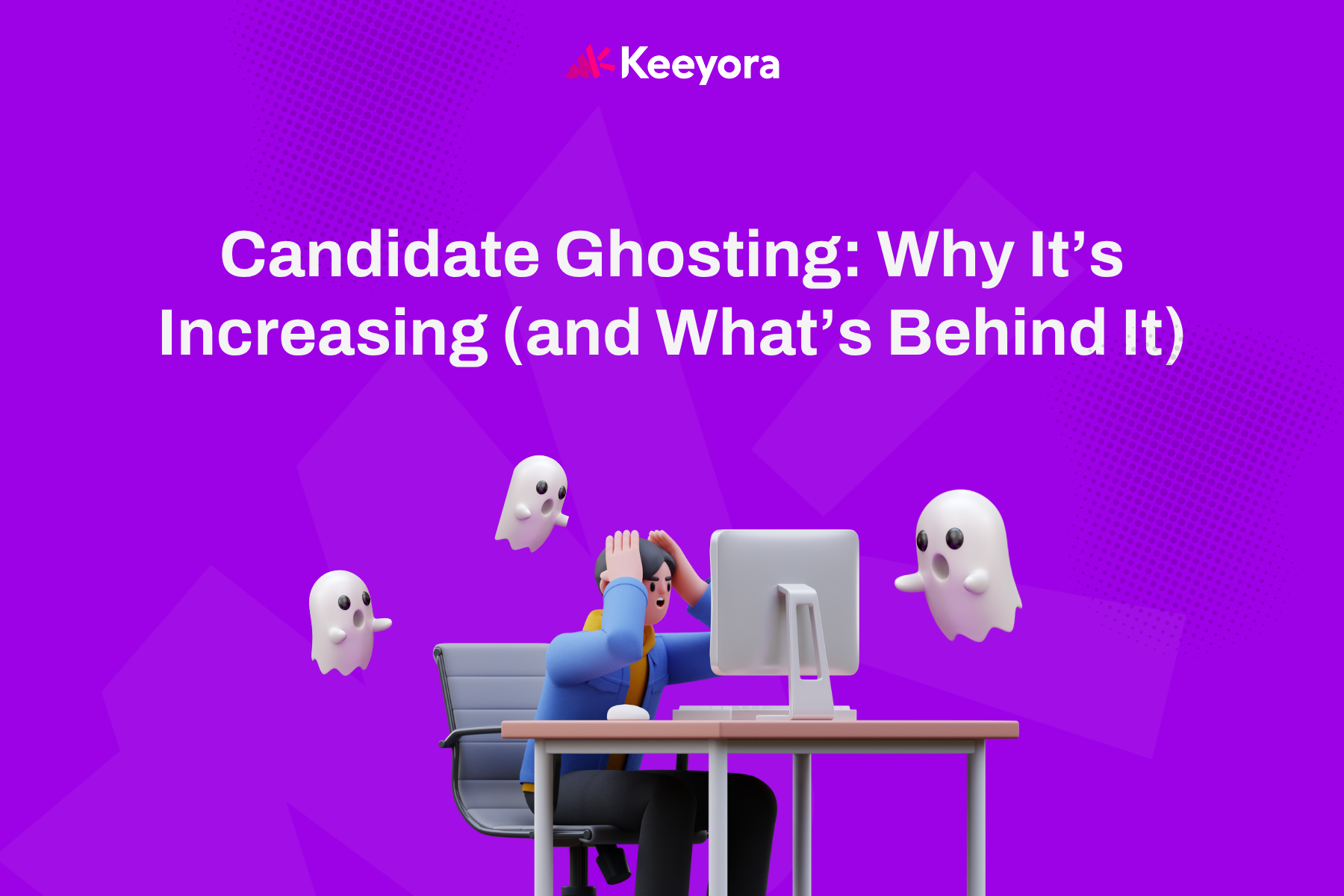Candidate Ghosting: Why It’s Increasing (and What’s Behind It)

It’s not just you. Ghosting has become a common part of hiring. Candidates disappear mid-process, employers vanish after interviews, and recruiters are left wondering what happened. Here’s a closer look at why ghosting is on the rise, supported by recent data.
1. Power Has Shifted to Candidates
Even with unemployment climbing, the labor market still suffers from both skills gaps and motivation gaps. In industries like healthcare, retail, and the trades, job seekers have more leverage than ever.
According to GodScale, 78% of U.S. recruiters and 71% of U.K. hiring managers say they’ve been ghosted, compared to 57% just a few years ago. Even small changes in market dynamics can shift the balance of power toward candidates.
2. Poor Candidate Experience Is Backfiring
Lengthy hiring timelines, automated screenings, and lack of communication make applicants feel disposable. A Greenhouse and Testgrid study found that 61% of job seekers have been ghosted after an interview, a nine-point increase since April 2024.
Slow, unclear communication erodes trust. Once that trust is gone, it’s easy for candidates to walk away without a word.
3. Gen Z and the Conflict Avoidance Factor
Research consistently shows that Gen Z tends to avoid confrontation when under stress. Ghosting becomes a simple way out rather than delivering uncomfortable news.
A study published on ResearchGate found that Gen Z is more likely to disengage silently, both in professional and personal settings. It’s not malicious, just an avoidance of conflict that shows up in hiring too.
4. Employer Ghosting Sets the Tone
Let’s not forget the other side of the story. Employers ghost too. Some companies pause hiring but continue to accept applications, or they interview candidates and never follow up.
According to Newsweek, 48% of job seekers report being ghosted by employers in the past year, up from 38% before. A study by News.com.au found that 80% of respondents were ghosted 75% of the time they applied, with many describing the experience as “anxious,” “defeating,” or “dismissive.”
Even more telling, TDS Personnel found that 72% of candidates wouldn’t apply again to a company that ghosted them. When employers disappear, they normalize the behavior for candidates too.
5. Recruiter Overload and the Rise of Apply Bots
Recruiters today are facing record workloads. Greenhouse reports a 26% increase in recruiter workloads over recent years. On top of that, AI-driven “apply bots” now automatically submit applications for candidates, further flooding recruiters’ inboxes.
Platforms like LinkedIn, Indeed, and ZipRecruiter have made applying to jobs almost effortless. A single click can send out dozens of applications. Greenhouse’s 2024 report found that 38% of candidates now mass-apply using these tools, often without genuine interest in the role.
The result is more noise, less personal connection, and more disappearing acts.
6. Anonymity Makes Ghosting Easy
When job applications are completely online and anonymous, emotional investment stays low. Candidates upload a resume, hit “submit,” and often never interact with a real person until much later.
This lack of connection makes ghosting almost frictionless. Psychological studies show that when people invest less upfront, they are more likely to disengage abruptly. Recruiters sometimes call this the “Tinder effect” of hiring: fast matches and fast fades.
The Data at a Glance
Why This Matters And How Keeyora Helps
The real problem is clear: the hiring process has become faceless. Automation, one-click applications, and silence on both sides have turned something human into something mechanical. The result is a cycle of ghosting that hurts candidates, recruiters, and brands alike. A candidate who feels ignored today might ignore another recruiter tomorrow. A broken process spreads faster than we realize.
Keeyora helps stop that cycle by bringing real-time, human communication back into hiring. With faster updates, personal touches, and thoughtful automation, recruiters can rebuild the trust that the modern process has lost.
- Communicate quickly and clearly
- Build trust through personal touchpoints
- Protect your employer brand by keeping candidates in the loop
- Automate reminders and updates to reduce recruiter workload
It’s not just about reducing ghosting, it’s about setting a new standard for how people connect, respect, and hire. The tools are here. How you use them can make all the difference.

.png)
.png)
.png)